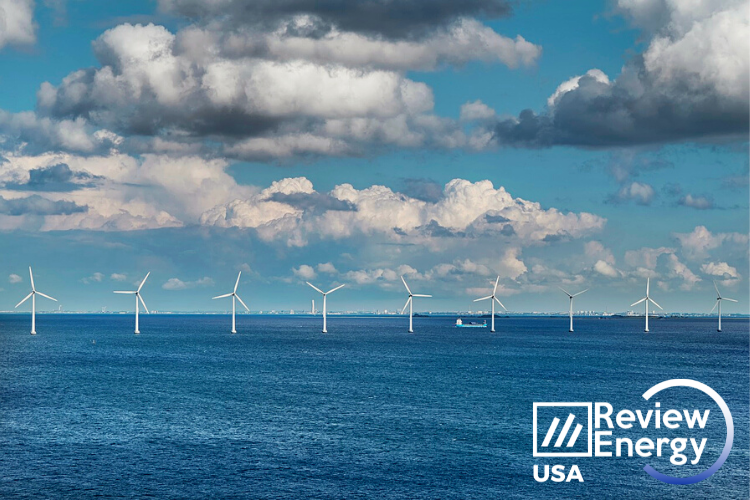
Offshore wind will be key in the US race to meet its climate targets: GlobalData
Offshore wind is increasingly becoming an advantageous option for renewable energy generation globally. However, a combination of factors such as regulatory complexity, lack of consistent and substantial federal support and high costs slowed the growth of offshore wind in the US. Nevertheless, offshore wind has several advantages over other forms of renewable energy, making it a valuable addition to the energy mix, especially as the US seeks to decarbonise its power sector and transition to a low-carbon future, GlobalData said.
The company's latest report, 'United States Power Market Size, Trends, Regulations, Competitive Landscape and Forecast, 2022-2035', revealed that cumulative installed capacity in the US power market is expected to reach a compound annual growth rate (CAGR) of more than 3% during 2022-2035.

In this context, the government has recognised the importance of offshore wind capacity development. In March 2021, the US Government announced a national goal of adding 30 GW of offshore wind capacity by 2030 and 25 GW of onshore wind capacity by 2025. To achieve this goal, the US Loan Program Office (LPO) will provide USD 3 billion through the Innovative Energy Loan Guarantee Program. The US Department of Energy also announced $8 million for 15 new offshore wind R&D programmes.
Attaurrahman Ojindaram Saibasan, energy analyst at GlobalData, commented that “the government's primary goal is to accelerate and expand clean energy deployment on public lands and offshore waters”. “The funding will support the planning and permitting of solar, wind and geothermal projects, as well as associated transmission infrastructure. This will help mitigate the impacts of climate change and help meet the goal of deploying 30 GW of offshore wind capacity by 2030 and 25 GW of onshore wind by 2025”, he explained.
Offshore wind only entered the US capacity mix in 2016 and in 2021 its cumulative capacity stood at just 0.04 GW. Annual generation was recorded at 0.2 TWh. Therefore, one can see the strong push that the US government wants to give to this sector.
According to the report, offshore wind capacity and annual generation are expected to increase at a CAGR of 66.4% and 64.6% between 2021 and 2035 to reach 52.5 GW and 179.4 TWh, respectively. By 2035, offshore wind will account for 2.4% of the country's cumulative capacity and 3.4% of its total annual generation.
For Saibasan, the introduction of the Inflation Reduction Act (IRA) in August 2022, which extended the Investment Tax Credit and Production Tax Credit, “is a major boost for the renewable energy market”. “Federal and state-level targets for offshore wind, along with technology-specific auctions, present a great opportunity during the forecast period”, he added.
“In addition, in September 2022, the US government introduced the 'New Floating Offshore Wind Shot' programme within the existing 'Earthshot Program'. The floating offshore wind programme aims to reduce the costs of floating technologies by more than 70% to $45/MWh by 2035. The Government has also introduced a specific target for floating offshore wind: to reach a capacity of 15 GW by 2035. This target builds on the existing target of reaching 30 GW offshore wind capacity by 2030. All these factors bode well for the offshore wind market”, concluded the GlobalData analyst.










Comentarios
Sé el primero en comentar...